Proactively Lay The Foundation For a Resilient and Thriving Workplace
In any business, turnover is unavoidable. Employee movement within the workforce is natural and can be attributed to various factors making it all the more important to have a plan to effectively manage your workforce.
Best retention practices come in many shapes and sizes, but they’re all linked by the same basic idea—employees are a company’s most valuable asset. From affecting productivity to engagement, excessive turnover can wreak havoc on even the most established business’ ability to stay competitive.

 If turnover becomes a regular occurrence, it can have a negative impact on the most important part of your business—your employees—resulting in serious consequences for your company. The last thing you want is your company’s reputation damaged by something that can be controlled if the right steps are taken.
If turnover becomes a regular occurrence, it can have a negative impact on the most important part of your business—your employees—resulting in serious consequences for your company. The last thing you want is your company’s reputation damaged by something that can be controlled if the right steps are taken.
While a high employee retention rate is desirable, it’s not always ideal to have an unusually low turnover rate. Turnover can be healthy for an organization to an extent, in the case of underperforming team members, whether someone has checked out with retirement on the horizon, or someone lacks motivation because they aren’t happy in their role. It’s important to find the right balance and the first step is ultimately understanding how it impacts your business.

 Studies show the actual cost to replace an employee is significant. Depending on a variety of factors—including skill level, education, and experience—the total cost of turnover can be as high as 150% of an employee’s annual salary. It’s easy to see how quickly it can add up!
Studies show the actual cost to replace an employee is significant. Depending on a variety of factors—including skill level, education, and experience—the total cost of turnover can be as high as 150% of an employee’s annual salary. It’s easy to see how quickly it can add up!
To truly gauge the impact of employee turnover, consider these costs:
- Advertising open positions
- Time spent interviewing candidates
- Time spent on reference checks
- Onboarding a new hire
- Training and development
- Interim loss of productivity
- Lost knowledge from exiting employees
- Overworked core staff due to turnover
- Impact on company culture

 Acknowledging that turnover is common in the employment cycle, organizations that delve into the complexity of expected turnover rates gain a pivotal advantage in proactive management. This foresight allows businesses to plan, allocate resources appropriately, and implement targeted retention strategies. They also cultivate resilience, ensuring the continuity of operations and the necessities to keep a thriving workplace culture intact.
Acknowledging that turnover is common in the employment cycle, organizations that delve into the complexity of expected turnover rates gain a pivotal advantage in proactive management. This foresight allows businesses to plan, allocate resources appropriately, and implement targeted retention strategies. They also cultivate resilience, ensuring the continuity of operations and the necessities to keep a thriving workplace culture intact.
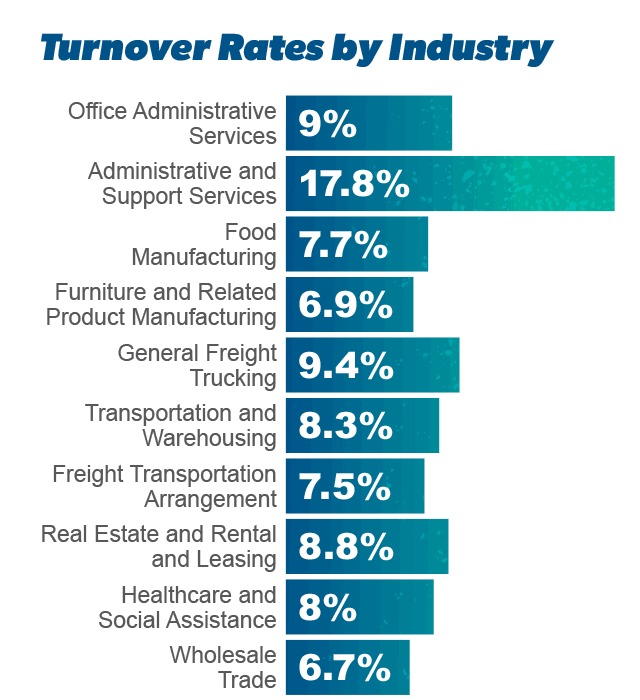
Consider these questions as you conduct a turnover assessment:
- What is your company’s turnover rate, and how does it compare to the industry benchmark?
- Are there patterns or trends in turnover related to specific departments, teams, or roles?
- Are we preparing leaders to be aware of what’s going on within their team to reduce turnover?
- How satisfied are employees with their work environment, opportunities for growth, and leadership?
- What initiatives or programs are in place to support employee retention and well-being?

 Positive retention habits are the best defense against negative turnover. The pursuit of reducing turnover within an organization requires an appropriate allocation of resources and focus on initiatives that produce tangible results. Time wasters can impede progress and reduce the effectiveness of turnover management efforts.
Positive retention habits are the best defense against negative turnover. The pursuit of reducing turnover within an organization requires an appropriate allocation of resources and focus on initiatives that produce tangible results. Time wasters can impede progress and reduce the effectiveness of turnover management efforts.
Several factors and practices contribute to wasting time and resources when attempting to manage turnover:
- Unclear strategy
- Ignoring employee feedback
- Inadequate onboarding programs
- Inadequate recognition and rewards
- Mismatched job expectations
- Overworking employees
- Ignoring diversity and inclusion
- Insufficient training and development
- Inconsistent communication
- Ineffective leadership
- Inflexible work policies
- Undefined career development
- Inadequate benefits and compensation
- Ignoring workplace well-being
Prioritize the optimization in investment of time and resources, and pave the way for targeted turnover strategies that contribute to a resilient and thriving workplace.

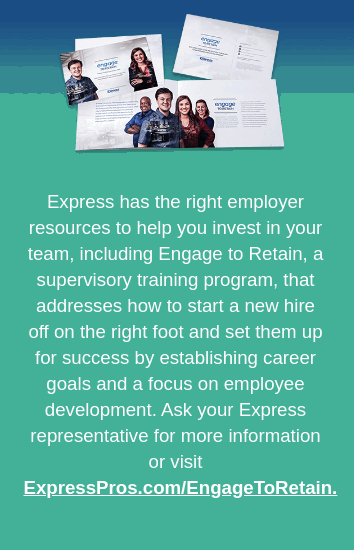 Investing in your team is a strategic move that can yield significant returns. Show dedication to your people and how important they are to your organization. While the upfront costs may seem significant, the long-term benefits can outweigh the expenses—prioritize maintaining the well-being and job satisfaction of your employees.
Investing in your team is a strategic move that can yield significant returns. Show dedication to your people and how important they are to your organization. While the upfront costs may seem significant, the long-term benefits can outweigh the expenses—prioritize maintaining the well-being and job satisfaction of your employees.
Strategies to invest in your team include:
- Provide a workplace that is comfortable and conducive to productivity
- Foster an environment of creativity, collaboration, and empowerment
- Implement opportunities for growth, upskilling, and career advancement
Offer competitive benefits
- Present ways to recognize employee achievements
- Evaluate total compensation, including salaries, to stay competitive within your industry

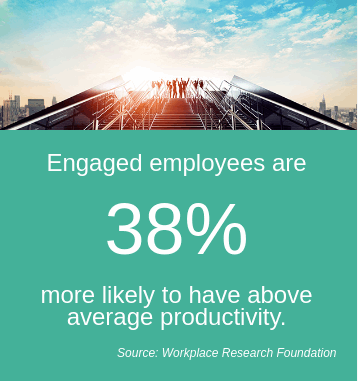 Engaged employees are more likely to stay with a company. Programs that foster a positive and inclusive workplace culture, provide opportunities for professional development, and recognize and reward employee contributions can improve engagement. Create an environment that motivates your employees to choose to go above and beyond in their roles. Just as important, listen to your disengaged employees to discover why they feel disconnected and how you may get them re-engaged.
Engaged employees are more likely to stay with a company. Programs that foster a positive and inclusive workplace culture, provide opportunities for professional development, and recognize and reward employee contributions can improve engagement. Create an environment that motivates your employees to choose to go above and beyond in their roles. Just as important, listen to your disengaged employees to discover why they feel disconnected and how you may get them re-engaged.
Improved productivity is a key result of keeping your employees engaged. Happier employees are more productive and, in turn, produce higher-quality results. Better service or products lead to an improved reputation, setting up your business to thrive. Simply said, higher employee engagement leads to numerous positive outcomes for your organization.

 Everyone has different intrinsic motivations for their careers and different ideas of success. It’s critical to be upfront with expectations to help mitigate turnover and ensure employees are prepared to stay. Many employees and job seekers are more focused on achieving personal fulfillment and work-life balance. Flexible work schedules, remote work options, and other initiatives that support a healthy work-life balance can be beneficial and contribute to employee satisfaction and reduced burnout.
Everyone has different intrinsic motivations for their careers and different ideas of success. It’s critical to be upfront with expectations to help mitigate turnover and ensure employees are prepared to stay. Many employees and job seekers are more focused on achieving personal fulfillment and work-life balance. Flexible work schedules, remote work options, and other initiatives that support a healthy work-life balance can be beneficial and contribute to employee satisfaction and reduced burnout.
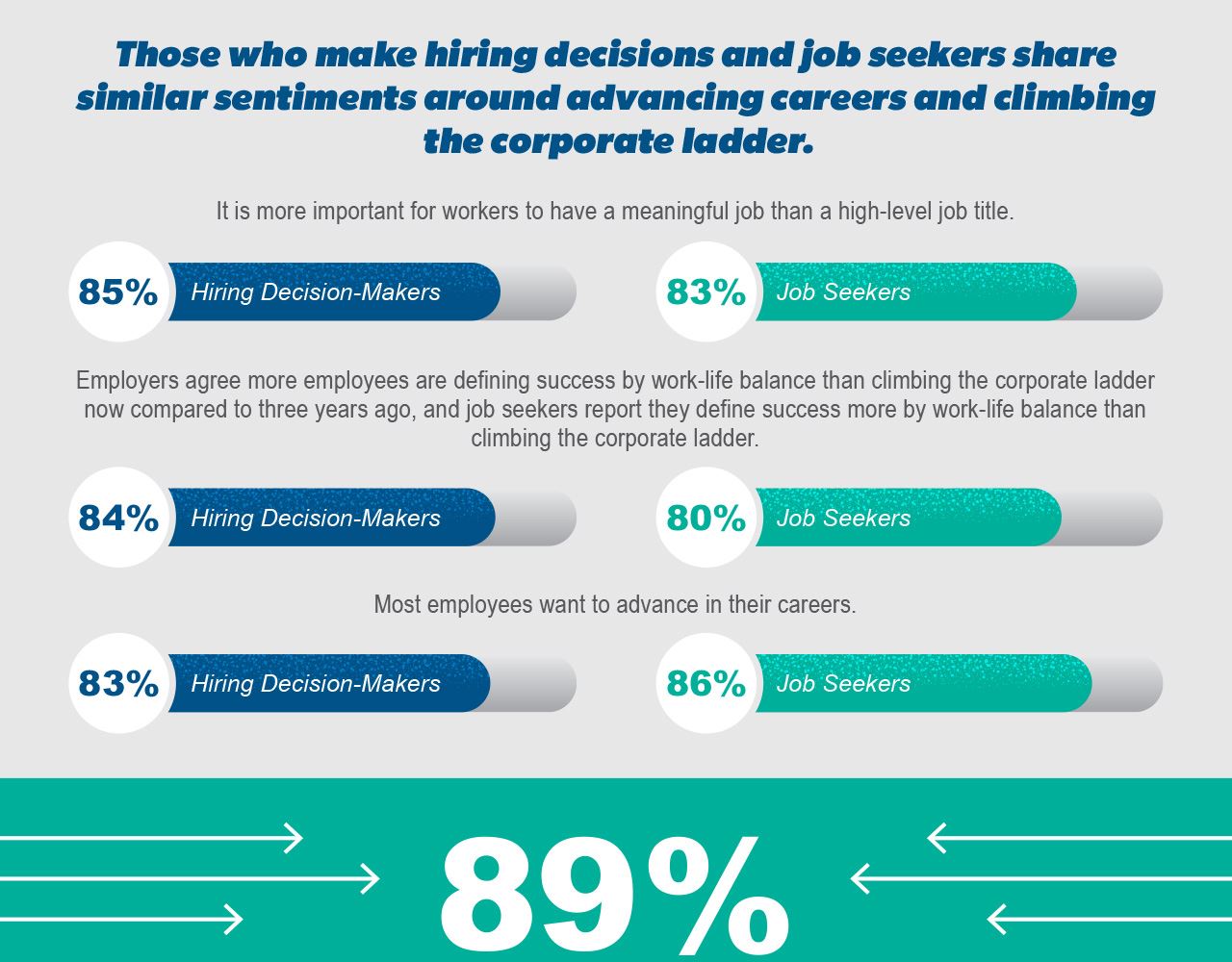

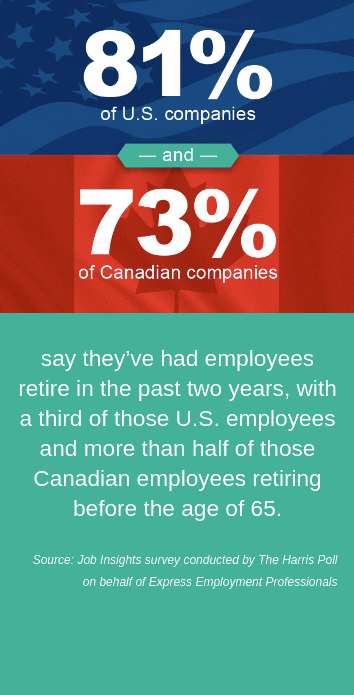 Diversity is a major topic that extends beyond roles and responsibilities of the job—it includes the varied generational perspectives. As organizations strive to create inclusive environments that cater to the needs and preferences of individuals spanning different age groups, they will learn how to leverage the collective strengths of diverse experiences as an opportunity to improve.
Diversity is a major topic that extends beyond roles and responsibilities of the job—it includes the varied generational perspectives. As organizations strive to create inclusive environments that cater to the needs and preferences of individuals spanning different age groups, they will learn how to leverage the collective strengths of diverse experiences as an opportunity to improve.
By accepting each new generation entering the workforce, you can embrace the set of qualities, traits, and values that come with each generation. Today’s workforce consists of Baby Boomers (19%), Generation X (35.5%), Millennials and Gen Z (39.4%). With more Baby Boomers reaching retirement, the workforce is expected to see Gen Z account for approximately 30% alone by 2030. In three short years, Alphas will begin entering the workforce as well.
With more than four decades in staffing expertise, Express Employment Professionals is a recognized leader in the industry. Let the staffing experts at Express formulate solutions tailored to your needs. Contact us today to learn how we can help solve your turnover challenges.